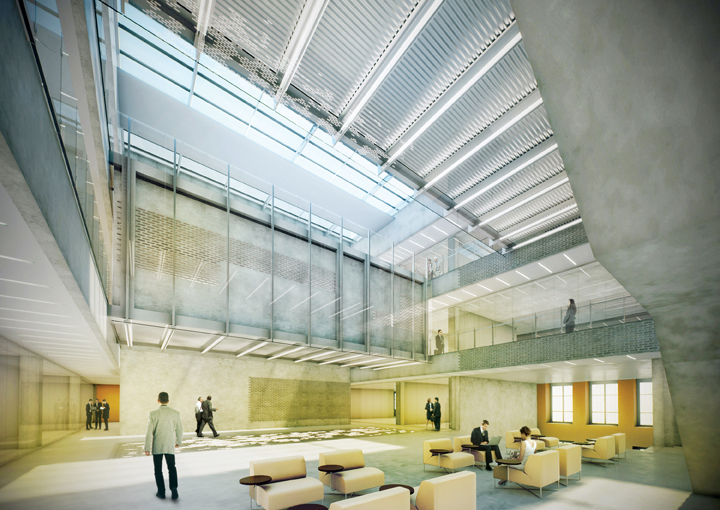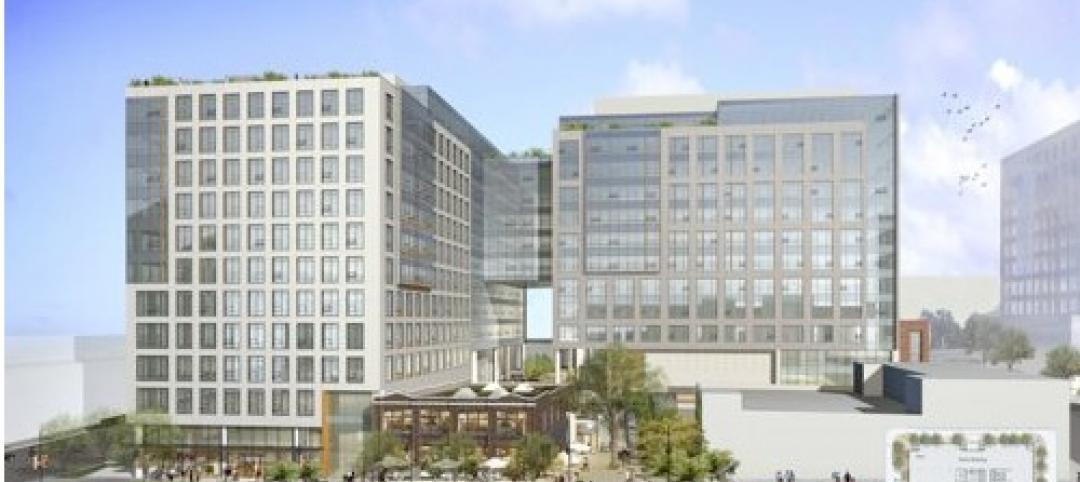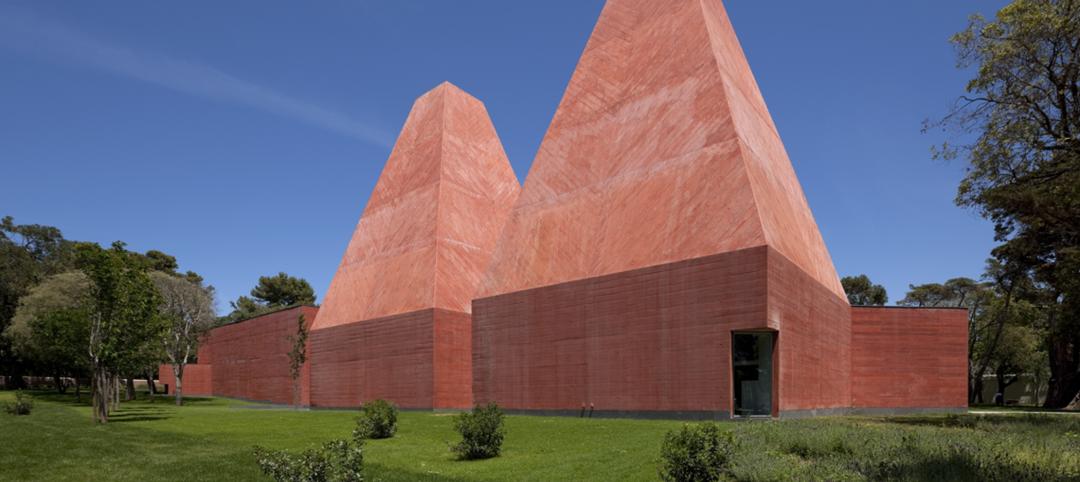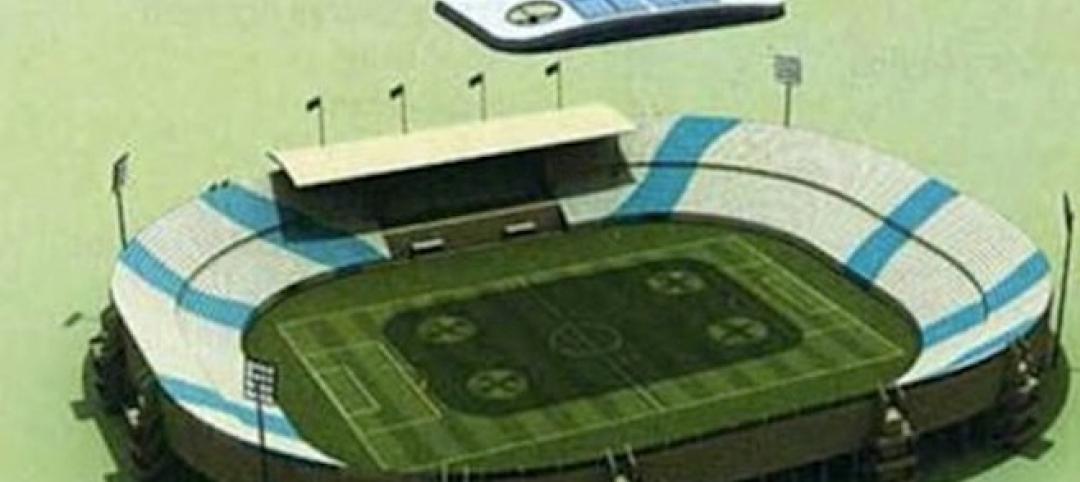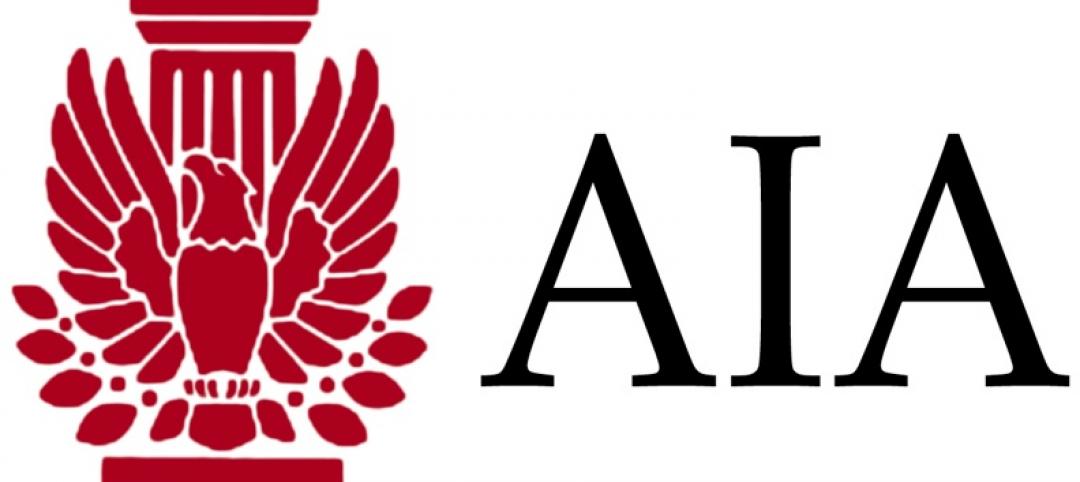In February, we opened our 2012 series on design and construction trends in university buildings with a report on “fusion facilities”. We continue the discussion with four more trends that are shaping collegiate projects:
- New concepts of classroom design
- Increasing use of flexible space concepts
- More common areas for collaboration
- Repurposing of library space
Behind these trends are several dramatic forces that are cutting right to the heart of the university’s mission:
- The growing use of project-based teaching
- The pressure to hold costs down as rising tuition and fees outpace inflation
- A movement to promote cross-disciplinary collaboration
- New technologies that are changing pedagogy and how students and faculty interact
1. NEW TAKE ON THE COLLEGE CLASSROOM
Current pedagogical methods at the college level emphasize problem-based learning and collaboration among students over the traditional lecture format. “Experiential learning is at the forefront of just about every discipline,” says Jeff Ziebarth, AIA, LEED AP, a principal in the Minneapolis office of Perkins+Will. “Students are becoming the instructors, and instructors are becoming facilitators.” Working on group projects is believed to promote better retention of knowledge than the traditional lecture model, researchers are finding. So, classrooms must change to meet these new demands.
The Technology Enabled Active Learning (TEAL) classroom in MIT’s Stata Center for Computer, Information and Intelligence Sciences contains 13 round tables, with seating for nine students per table, and three laptop computers per table to accommodate teams of three students. Instructors sit at a workstation in the center of the room. A typical class includes hands-on experimentation supported by interactive digital media.
New and renovated classrooms at many institutions include easily movable furniture and media-rich presentation technology. Missing from this picture: a front-of-the-room podium, says Brad Lukanic, AIA, LEED AP, a principal with Cannon Design, New York. “Every surface of the room has media on it,” he says. “There could be projectors on all four walls.” Packed with electronics, these rooms may require an upgraded electrical system on rehabs of older buildings.
Students can project their work onto a single screen for their own group or onto multiple screens for the whole class to view. “This design takes more square footage than the traditional classroom,” 25-40 sf/person for multimedia, vs. 17-18 sf/person for traditional, Lukanic notes. That makes it more critical for administrators to maximize the utilization rates of updated classrooms. In many cases, multiple departments must share these spaces, which goes against the grain of many institutions that are accustomed to having dedicated buildings for each discipline.
[pagebreak]
2. FLEXIBILITY: THE KEY TO NEW DESIGNS
At Duke University, Durham, N.C., the Link Teaching and Learning Center—a prototype area for testing new teaching methods—is a new space shared by many departments. Housed in the ground floor of the university’s central library, the technology-rich space is highly flexible to accommodate classes and study groups of varying sizes. A test bed for new classroom design, Duke has undertaken a detailed assessment of the Link for lessons on how other classrooms could be redesigned.
The flexibility to reconfigure space for different uses is built into many collegiate projects today. The Link’s classrooms feature an above-ceiling strut system with power and data connections. Speakers, cameras, microphones, and monitors can be easily installed and moved as needed. An IT support group is housed within the Link for assistance with the technology. Some classrooms have their own connected breakout rooms for group work. A large, open lobby area and wide corridors offer additional space for working groups to use. Large whiteboards on wheels and movable furniture allow groups to create their own nooks.
Furniture in Link classrooms is easily reconfigurable. Each classroom has slides posted on the wall to demonstrate multiple configurations; before class, students rearrange the furniture from these templates. “Faculty don’t want to be responsible for setting up furniture,” says Thomas D. Kearns, AIA, LEED AP, a principal with Shepley Bulfinch, Boston.
The University of North Carolina, Charlotte, recently broke ground on a small-business incubator, the PORTAL, that is designed to take flexibility even further. Most plumbing, electrical, communication, and HVAC systems have been positioned in the ceilings so that the walls can be easily moved or removed. “We looked at using demountable partitions, but the costs didn’t line up,” says Ryan J. Mullenix, AIA, a principal in NBBJ’s Columbus, Ohio, office. The typical small business stays in an incubator for about 39 months, he says, so reconfigurations would not be necessary often enough to justify the cost of demountable partitions. The building will be constructed so that additional wings could be connected on the ground floor at several locations in the future.
Increasingly, universities want flexible spaces that can have multiple uses over their lifetimes. “We’re working with clients to create more modular spaces,” Ziebarth says. For example, by using raised access flooring with displacement ventilation, a space can be inexpensively converted from a 40- to 50-seat classroom to five faculty offices by using movable, interchangeable wall systems.
[pagebreak]
3. PROMOTING COLLABORATION
Fostering collaboration is a common theme for most collegiate projects. Huddle space for students, faculty groups, and researchers is being set aside to promote interaction. Co-locating different disciplines within the same building is an increasingly common tactic, all in the belief that more effective learning, higher-quality research, and greater levels of innovation result when academics from different backgrounds and disciplines work in close proximity.
This concept is being implemented at UNCC’s Portal building which, to promote interaction among incubator firms, will have some offices with windows facing the interior of the building. Shared conference rooms and kitchenettes will be centrally located within bridges connecting two wings. These areas will be flooded with natural light to draw entrepreneurs together for impromptu conversations during the day; at night, they’ll be able to see others burning the midnight oil, possibly leading to breakthrough business opportunities, says Mullenix.
[pagebreak]
4. RETHINKING THE LIBRARY
As print rapidly migrates to digital, the mission of the campus library is—well, in turmoil. Not all books will go the way of the Encyclopedia Britannica, but that doesn’t mean that they all have to be on library shelves. Many universities are relocating at least part of their print collections to remote storage facilities—some using robotic automated retrieval systems—so that precious library space can be repurposed. Scholars can reserve them on their laptops for later pickup.
At some community colleges and primarily commuter colleges, library space has been converted to lounges and group study rooms, which are lacking at these institutions. “A lot of times, we’ll see students eating lunch in their cars because they don’t have a gathering space,” Mullenix says.
Some collegiate libraries are supplementing the campus computer lab by carving out space for media rooms equipped with large-screen, high-definition monitors and high-end software for video production or other functions that are out of the price range of most students.
“Multi-purpose,” “multi-use,” “reconfigurable”—these are becoming the watchwords behind many university construction projects. As the lines between disciplines blur and teaching methods continue to be refined to meet the demands of today’s online-oriented student, the built environment needs to be able to adjust accordingly. BD+C
Related Stories
| Mar 30, 2011
China's low-carbon future city
In 2005, the Chinese government announced its target to reduce energy consumption per GDP unit by 20% by the year 2010. After a multi-billion investment, that target has been reached. The Chinese Climate Protection Program’s goal to increase energy efficiency, develop renewable energies, and promote energy savings while reducing pollutant emissions and strengthening environmental protection is reflected in the “Future City” by SBA Design.
| Mar 30, 2011
Is the AEC industry at risk of losing its next generation leaders without better mentoring?
After two or three horrifying years for the AEC industry, we are finally seeing the makings of a turnaround. However, data developed by Kermit Baker as part of the AIA Work-on-the-Boards survey program indicates that between 17% and 22% of design firms are eliminating positions for interns and staff with less than six years of experience. This data suggests the industry is at risk of losing a large segment of its next generation of leaders if something isn't done to improve mentoring across the profession.
| Mar 29, 2011
City's design, transit system can ease gas costs
Some cities in the U.S. are better positioned to deal with rising gas prices than others because of their design and transit systems, according to CEOs for Cities, a Chicago-based nonprofit that works to build stronger cities. The key factor: whether residents have to drive everywhere, or have other options.
| Mar 29, 2011
Chicago’s Willis Tower to become a vertical solar farm
Chicago’s iconic Willis Tower (formerly the Sears Tower) is set to become a massive solar electric plant with the installation of a pilot solar electric glass project.
| Mar 29, 2011
Read up on Amazon.com's new green HQ
Phase IV of Amazon’s new headquarters in Seattle is nearly complete. The company has built 10 of the 11 buildings planned for its new campus in the South Lake Union neighborhood, and is on-track for a 2013 grand opening.
| Mar 29, 2011
Portuguese architect Eduardo Souto de Moura wins Pritzker Architecture Prize
Portugese architect Eduardo Souto de Moura, whose precisely-honed buildings reflect the influence of the late Chicago modernist Mies van der Rohe, is the 2011 winner of the Pritzker Architecture Prize, the field's highest honor.
| Mar 25, 2011
Qatar World Cup may feature carbon-fiber ‘clouds’
Engineers at Qatar University’s Department of Mechanical and Industrial Engineering are busy developing what they believe could act as artificial “clouds,” man-made saucer-type structures suspended over a given soccer stadium, working to shield tens of thousands of spectators from suffocating summer temperatures that regularly top 115 degrees Fahrenheit.
| Mar 23, 2011
AIA adds 13 new contract documents to Documents-on-Demand service
Web-based solution adds 13 popular Architect’s Scope of Services Documents to AIA Documents-on-Demand, providing easy access to documents anytime, anywhere.
| Mar 23, 2011
After 60 years of student lobbying, new activity center opens at University of Texas
The new Student Activity Center at the University of Texas campus, Austin, is the result of almost 60 years of students lobbying for another dedicated social and cultural center on campus. The 149,000-sf facility is designed to serve as the "campus living room," and should earn a LEED Gold certification, a first for the campus.
| Mar 23, 2011
Architecture Billings Index shows nominal increase
The American Institute of Architects (AIA) reported the February Architecture Billings Index score was 50.6, up slightly from a reading of 50.0 the previous month. This score reflects a modest increase in demand for design services (any score above 50 indicates an increase in billings). The new projects inquiry index was 56.4, compared to a mark of 56.5 in December.


